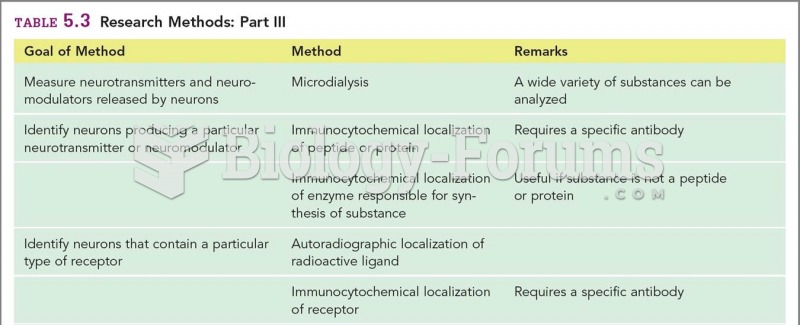Answer to Question 1
False
Answer to Question 2
Conclusion Validity: In this study, is there a relationship between the two variables? For the example at hand, this question might be worded: in this study, is there a relationship between the website and knowledge of course material? There are several conclusions or inferences you might draw to answer such a question. You could, for example, conclude that there is a relationship. You might conclude that there is a positive relationship. You might infer that there is no relationship. When you assess the validity of each of these conclusions or inferences, you are addressing conclusion validity.
Internal Validity: Assuming that there is a relationship in this study, is the relationship a causal one? Just because you find that use of the website and knowledge are correlated, you can't necessarily assume that the website use causes the knowledge. Both could, for example, be caused by the same factor. For instance, it may be that wealthier students, who have greater resources, would be more likely to have access to a website and would excel on objective tests. When you want to make a claim that your program or treatment caused the outcomes in your study, and not something else, you are assessing the validity of a causal assertion and addressing internal validity.
Construct Validity: Assuming that there is a causal relationship in this study, can you claim that the program reflected well your construct of the program and that your measure reflected well your idea of the construct of the measure? In simpler terms, did you implement the program you intended to implement, and did you measure the outcome you wanted to measure? In yet other terms, did you operationalize well the ideas of the cause and the effect? Is the website what you intended it would be? Does it look like and work the way you theoretically imagined it would? Does it have the content you thought it should? When your research is over, you would like to be able to conclude that you did a credible job of operationalizing your constructsthat you can provide evidence for the construct validity of such a conclusion.
External Validity: Assuming that there is a causal relationship in this study between the constructs of the cause and the effect, can you generalize this effect to other persons, places, or times? Would a virtual classroom work with different target groups at different times, on different subject matters? You are likely to make some claims that your research findings have implications for other groups and individuals in other settings and at other times. When you do, you need to address the external validity of these claims.







